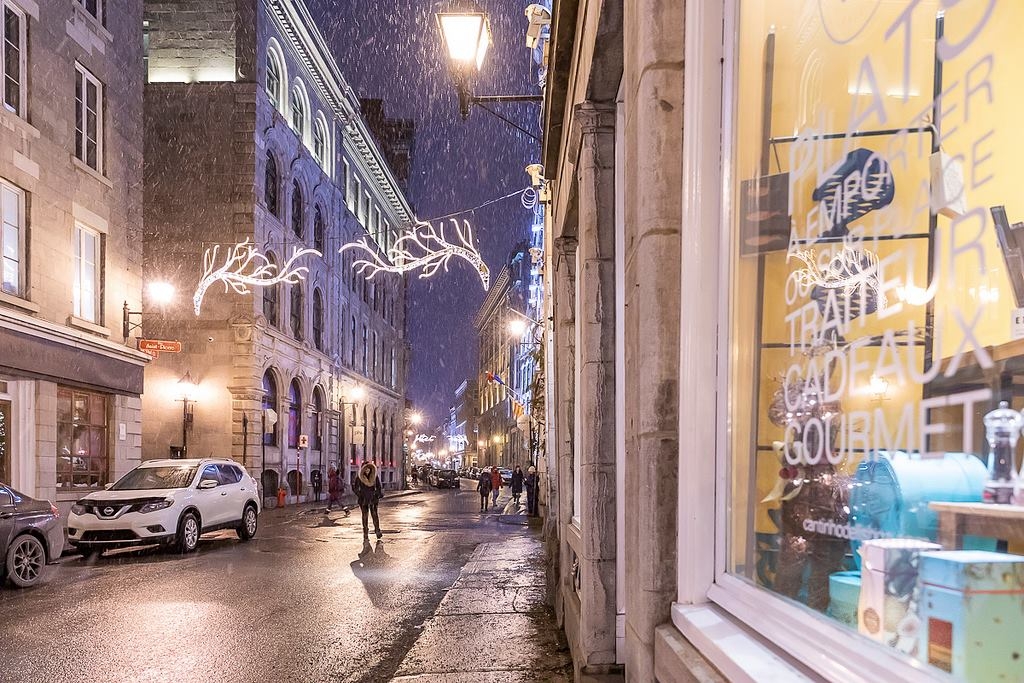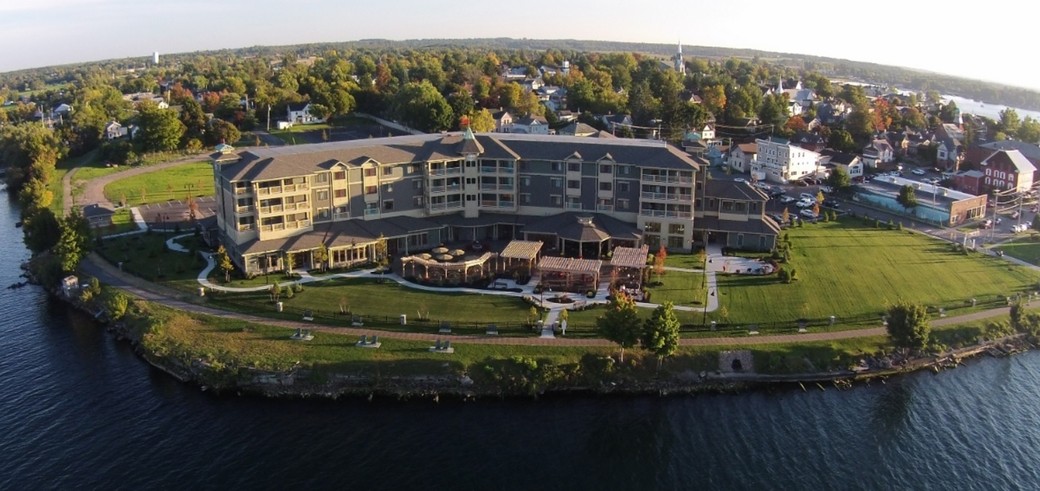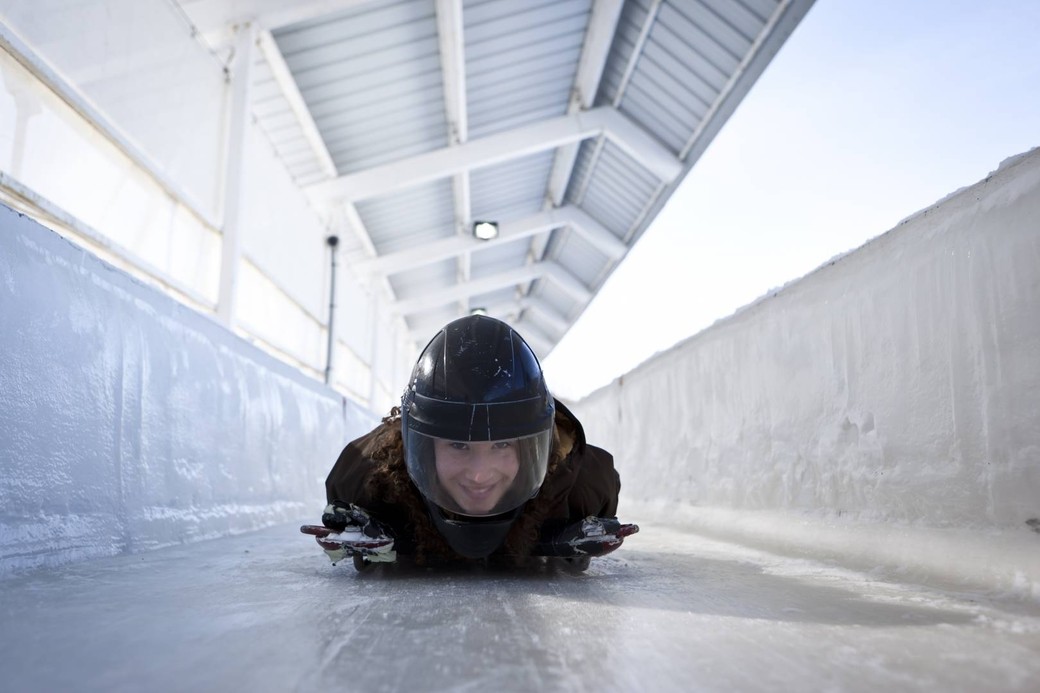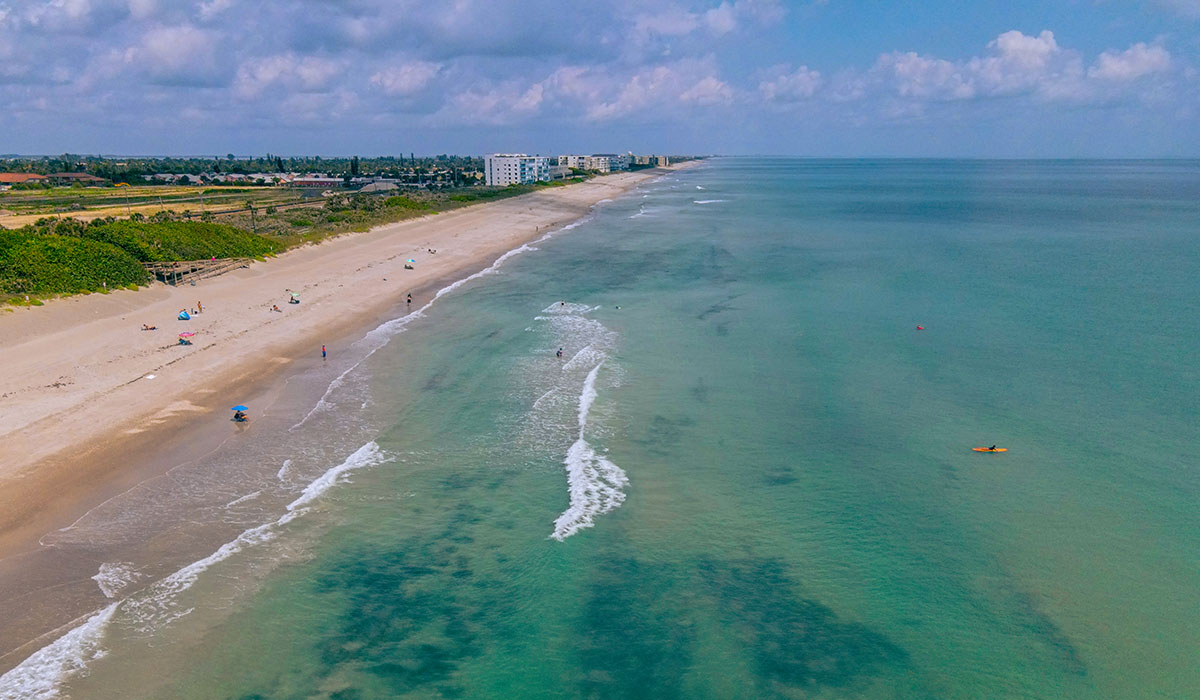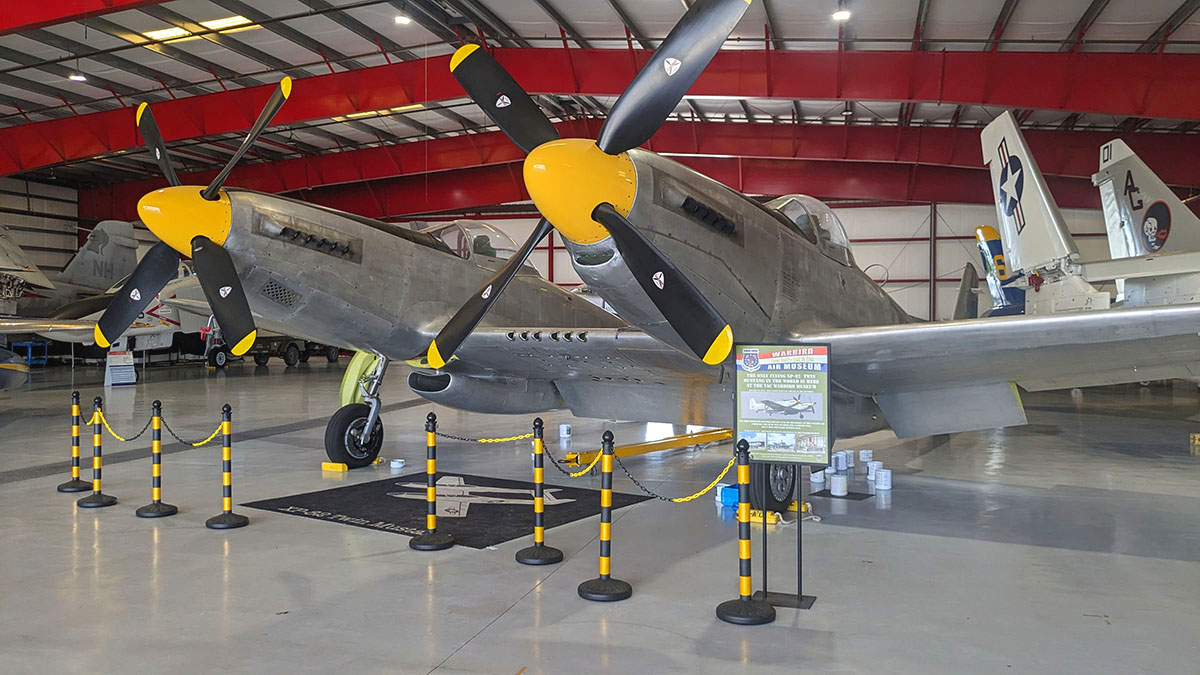
A Flight Through Time at Valiant Air Command Warbird Museum in Florida
When most people retire, they turn to their hobbies or passions to fill their days, but when you are an American Navy or Air Force combat pilot, you dedicate your time to volunteering at the Valiant Air Command Warbirds Air Museum.
The museum in Titusville, Florida, comprises three buildings, with a fourth in the planning stages. Two hangars contain some of the most impressive flying machines from the early days of flight, while the third is a workshop where planes are lovingly restored.
While the historic and refurbished planes are the highlight of this spectacular museum, its soul can be found in the diverse group of 40-odd guides. On any given day, your guide could be a former head of Top Gun, the renowned fighter program, not the film, or someone with equally fascinating experiences dating back to the early 1960s to the present.
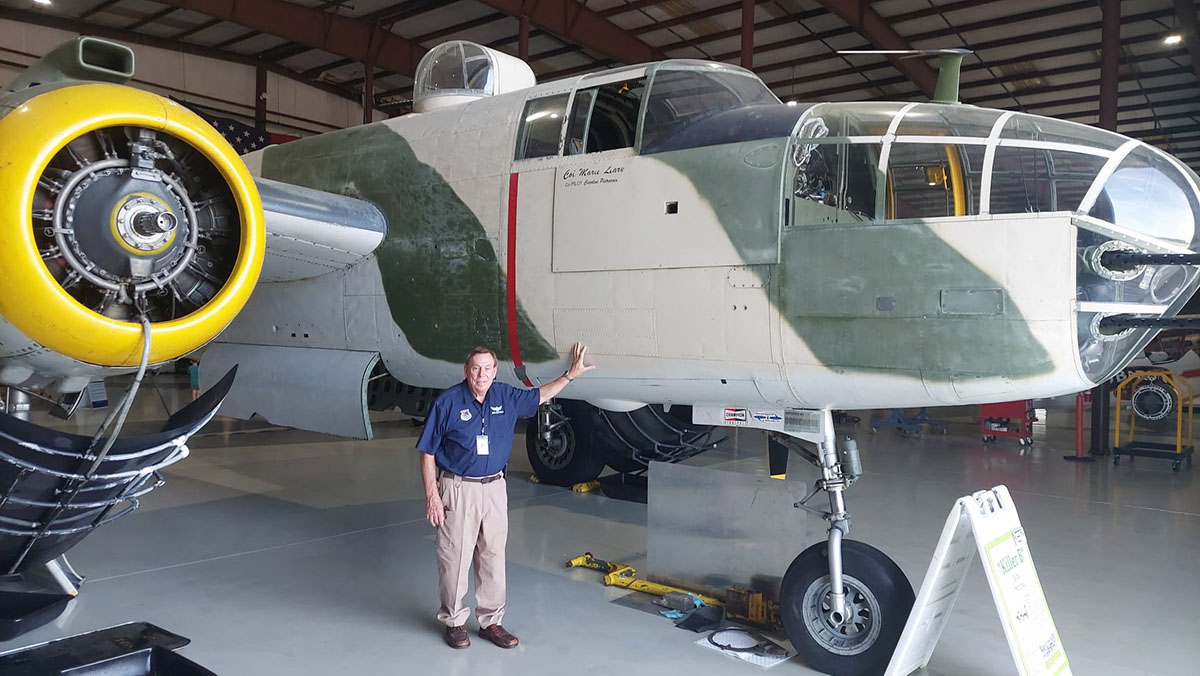
Our tour guide was retired Col. Bob Boswell, who had a very long and distinguished Air Force career. He started out wanting to be a chopper pilot, but things didn’t work out as planned. After a crash—Bob wasn’t at the controls—he turned his sight to flying winged machines. The first planes he flew were the F101 Voodoos or, as Boswell calls them, McDonnell Douglas flying speed brakes.
Boswell is the executive director at Valiant Warbirds and is a big part of what makes the museum such a special place. Aficionados, history buffs, and retired airmen and women make the pilgrimage to Valiant, but for everyday folks like myself, the tales Boswell tells, from his own career and those of fellow Warbird airmen, bring the 51 static planes (and counting) and the incredible 30,000-plus collection of memorabilia to life.
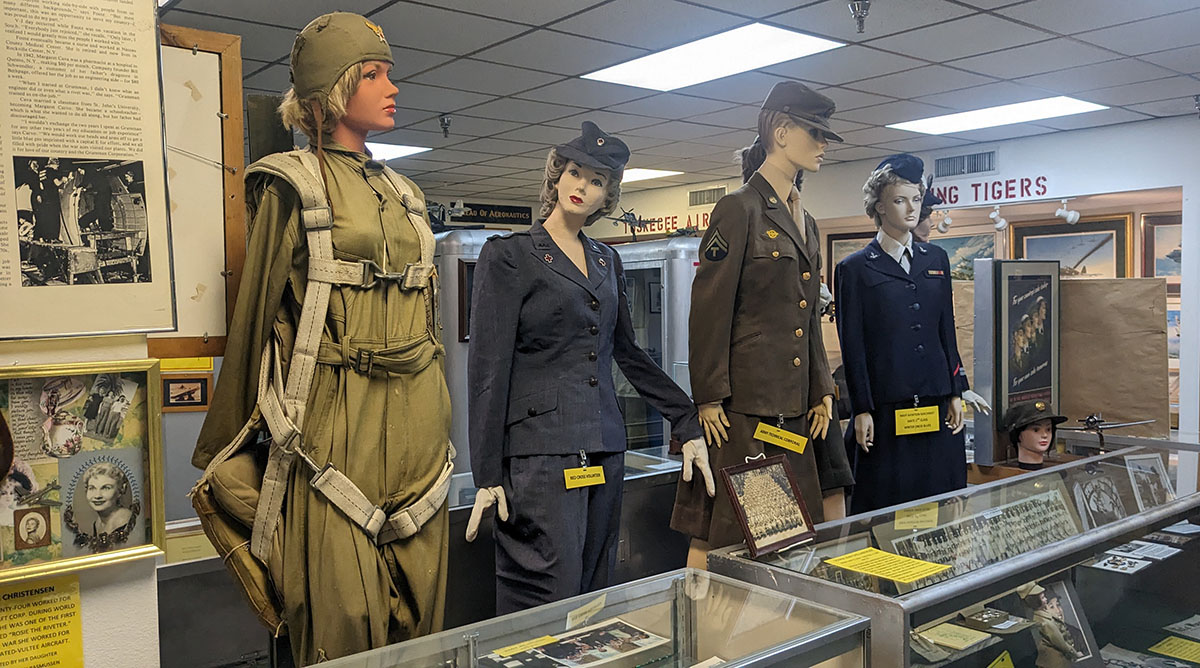
The collection in the main building’s memorabilia hall includes more information than you can absorb in one visit. I was drawn to the section on Women Airforce Service Pilots, or WASPs, which highlights the heroics of female pilots who not only ferried planes from the manufacturer to air bases but also worked as test pilots.
Another fascinating section told the story of Tuskegee Airman, the first regiment of Black combat pilots named after the Alabama base where they earned their wings. Due to segregation, they were first stationed at bases in northern Africa and Italy and flew over 15,000 sorties during WWII. They were referred to as “Schwartze Vogelmenschen” by the Germans, who both feared and respected them.
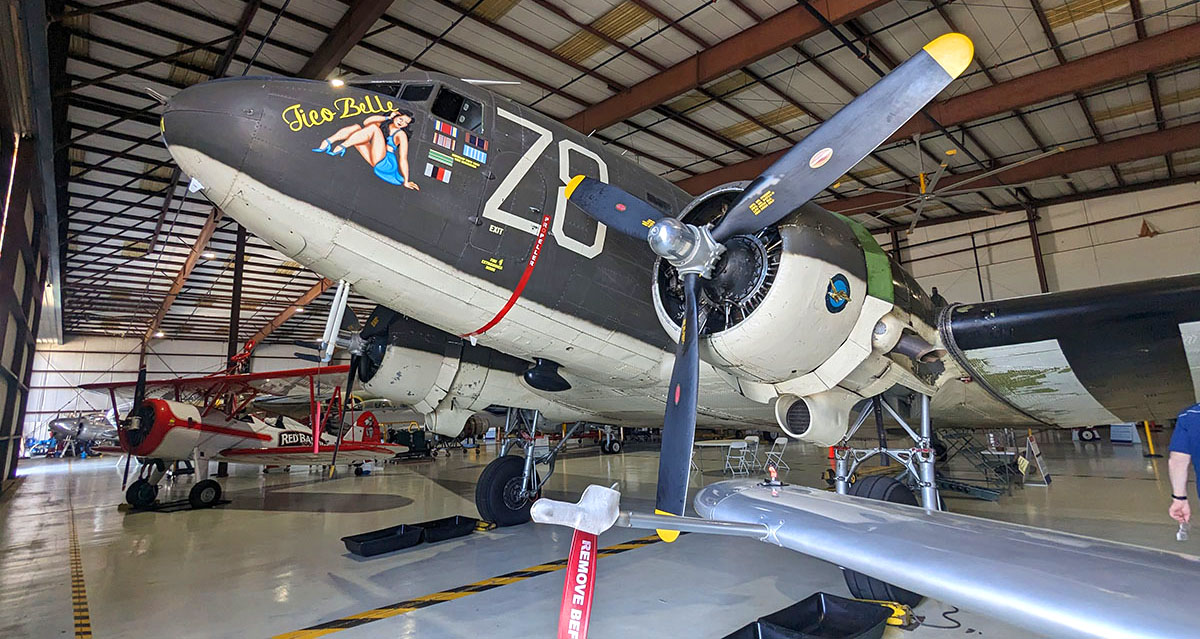
Any one of the volunteers at the museum who is moving planes around in preparation for an on-site event or performing general maintenance is a career airman or airwoman with an abundance of experience and a litany of incredible stories to share.
Boswell and his fellow airmen are ‘living history’ as much as the decommissioned planes, called warbirds, that they lovingly restore and display. Many of the museum planes are flown in airshows. Impressive as they are, it’s the stories that bring them to life.
Some of the planes are on loan to the museum, like the odd-looking double-haul XP82 Twin Mustang (pictured at the top of the page), designed to extend the range for fighters in the Pacific during WWII. Shortly after it was launched, the first atomic bomb was dropped, and within weeks, the war was over.
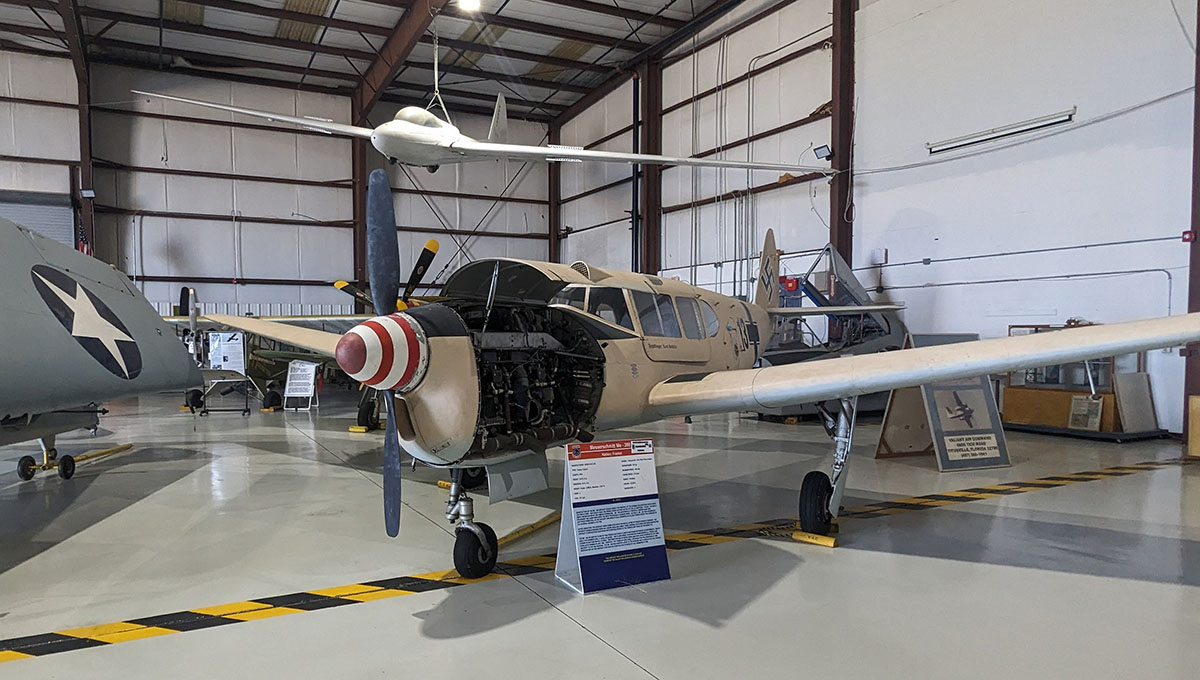
The museum is home to a Messerschmidt, and we learned how, pre-WWII, the plane was secretly produced as a commercial aircraft with components manufactured and warehoused, allowing the Germans to quickly ramp up production at the outbreak of war.
There is also a magnificent-looking U.S. Navy Blue Angel, the equivalent to our Snowbirds, and the front end of a B52 bomber. We literally crawled into the cramped cockpit to get a sense of what it must have been like while flying multi-hour-long missions. We admired a flight simulator made by Singer, the sewing machine company from Binghamton, New York, one of thousands they produced for the war effort.
The Vietnam plane exhibit is impressive. Boswell showed us the type of plane he used for solo reconnaissance missions, where he held binoculars in one hand and flew with the other. When he found an enemy position, he grabbed a grease pencil, wrote the coordinates on the windshield, and then had to use a manual wheel to code the position and radio it back to base . . . all while under fire from the Viet Cong below.
We planned to visit for a couple of hours to learn about the museum, but we were still there four hours later. Our visit ended on the museum’s front lawn, where we joined the volunteers, who were taking a break from their work to watch a rocket launch from Cape Canaveral.
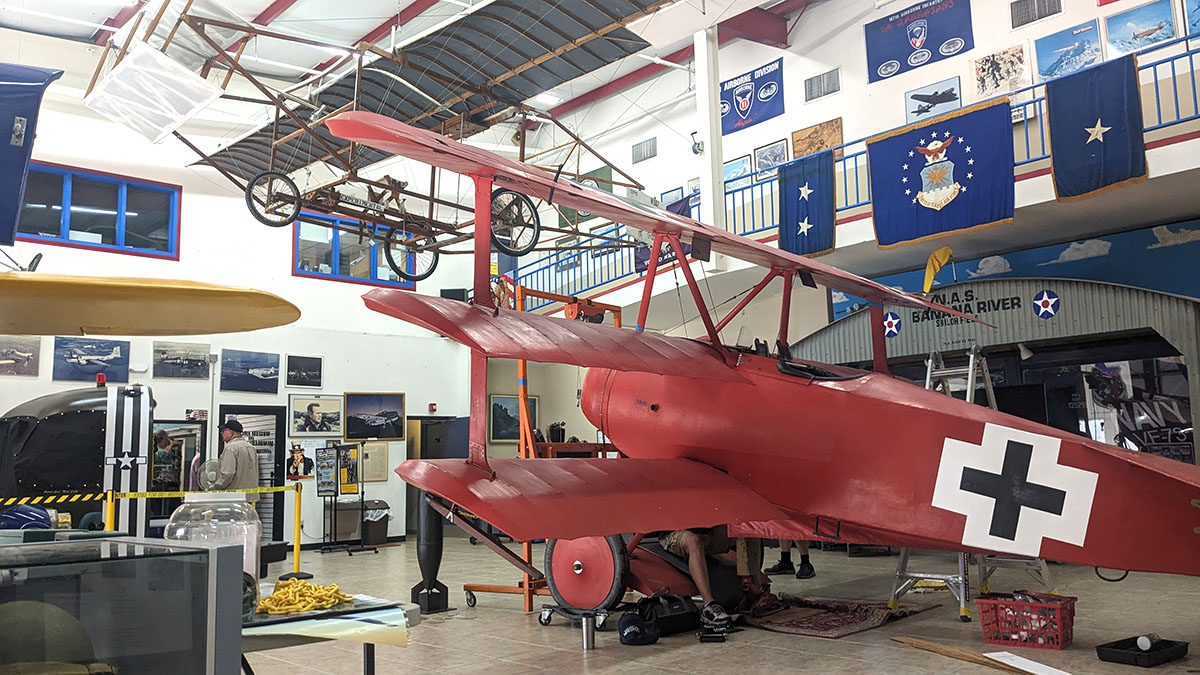
When visiting the Space Coast, stop by the Valiant Air Command Warbirds Museum. It is open daily from 9:00 a.m. until 5:00 p.m., and on the first Sunday of the month, they host a fly-in breakfast for aviation enthusiasts that is also open to the public. It’s an excellent opportunity to get close to the warbirds and learn first-hand about the history of their incredible collection of vintage flying machines, with a side of personal stories that will make the visit an everlasting memory.
For more information on Valiant Air Command, visit www.valiantaircommand.com
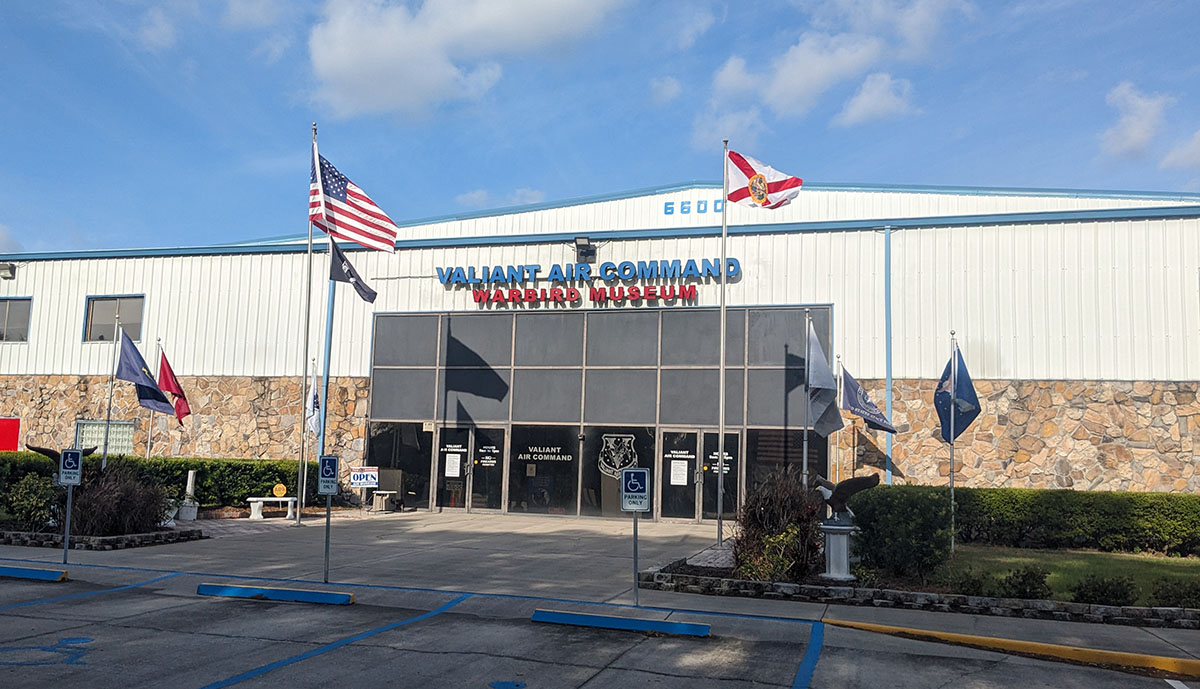
Valiant Air Command Warbirds Museum is located at 6600 Tico Road, Titusville, Florida 32780

